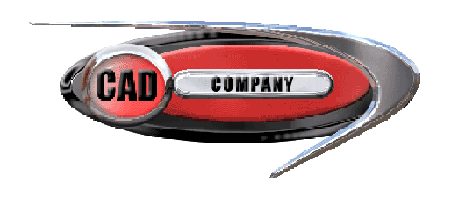Knock! Knock! Page
How to prevent (or find) that nasty noise!
Don’t forget to bend your dipstick tube to clear the crank and block … The crank will definitely mangle that tube if it’s not out of harm’s way…
Tink, Tink, then Knock!, Knock!
While you’re at it, measure and adjust so it reads right…
It is highly recommended to check cam bearing clearance during assembly. The manual recommends .001″ to .004″. We recommend running a minimum of .0025″ clearance and chamfering the oil hole, especially on anything with aftermarket valve springs. Some off the shelf bearings are too tight, especially for a performance cam. Our exclusive CC3 cam bearings are built to the proper clearance, as well as having additional features to improve oiling of the bearing.
Never attempt to make an oil pump gasket out of thicker material … You’ll have too much gear end play, which will cause low oil pressure. The correct gaskets are available (with a new pump, timing gasket set, or individually). Using silicone ro other sealant on the gasket is also not recommended – it can get into gears and gum up the regulator valve, passages, etc, and before you know it…
Knock! Knock!
If you abruptly lose low RPM oil pressure, check the oil pump regulator valve. Very small debris can get between the piston and cylinder, and cause the valve to stick. Remove the filter, look through the rectangular hole, and push the piston back and let it snap back out to the stop cast into the housing. If it doesn’t move freely, disassemble, clean, and debur it, or replace the pump.
Don’t mistake your oil pump pickup tube bolts for your camshaft gear bolts. The cam gear takes 9/16″ long bolts; the pickup bolts are 3/4″. Get ’em in the wrong holes, and when you fire up your motor . . .
Knock!, Knock!
Remember to stake your oil passage plugs when re-assembling your motor. If they pop out, you’ll wonder where all your oil pressure went.
Tick, Tick . . . Peck, Peck . . .
KNOCK! KNOCK!
On assembling your valve train, make sure your pushrods are centered in the lifters before tightening rocker assemblies. It’s best to do this with the intake off so you can see what’s happening. Bent pushrods, valves, or damaged lifters can result . . .
Clank! Clank!
Jingle, Jingle . . . On early engines, check your balancer for bad rubber. The crank pulley covers it, and you can reach it with your fingers. If the rubber leaves the scene you’ll hear a “jingling” noise, usually only when you shut off your engine.
The last step before final engine assembly should be to hand scrub everything with hot soapy water and blow dry with compressed air. Relying on automated cleaning systems to get all of the machining grit out of the nooks and crannies is rolling the dice with your new engine. Contaminated oil leads to wiped out bearings…
Knock!, Knock!
When doing internal upgrades on a used engine with ‘coke’ buildup (the black crusty stuff – essentially oil cooked into carbon crystals), do your best not to disturb the stuff, and vacuum or wash out any that comes loose. ‘Black diamond dust’ (fine carbon crystals) is the finest industrial abrasive money can buy. If it’s floating around in your oil . . .
Knock!, Knock!
Cad Company
